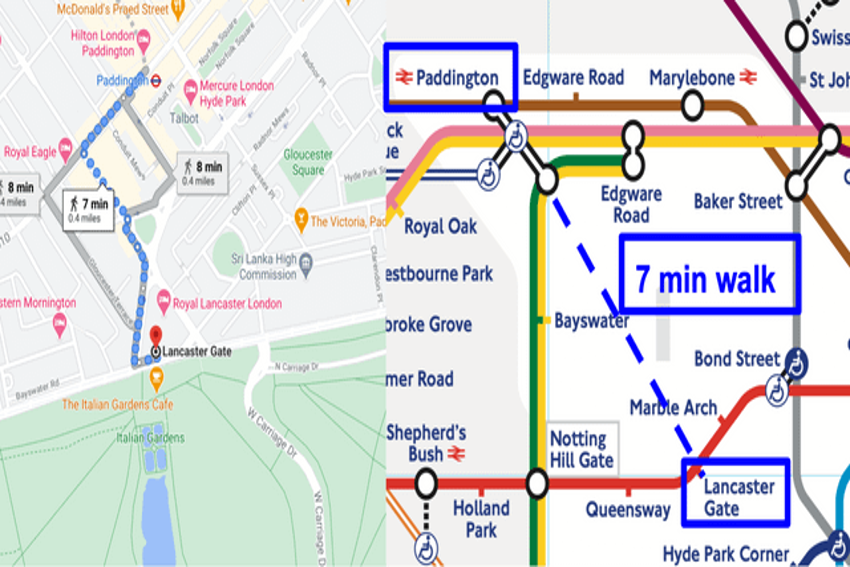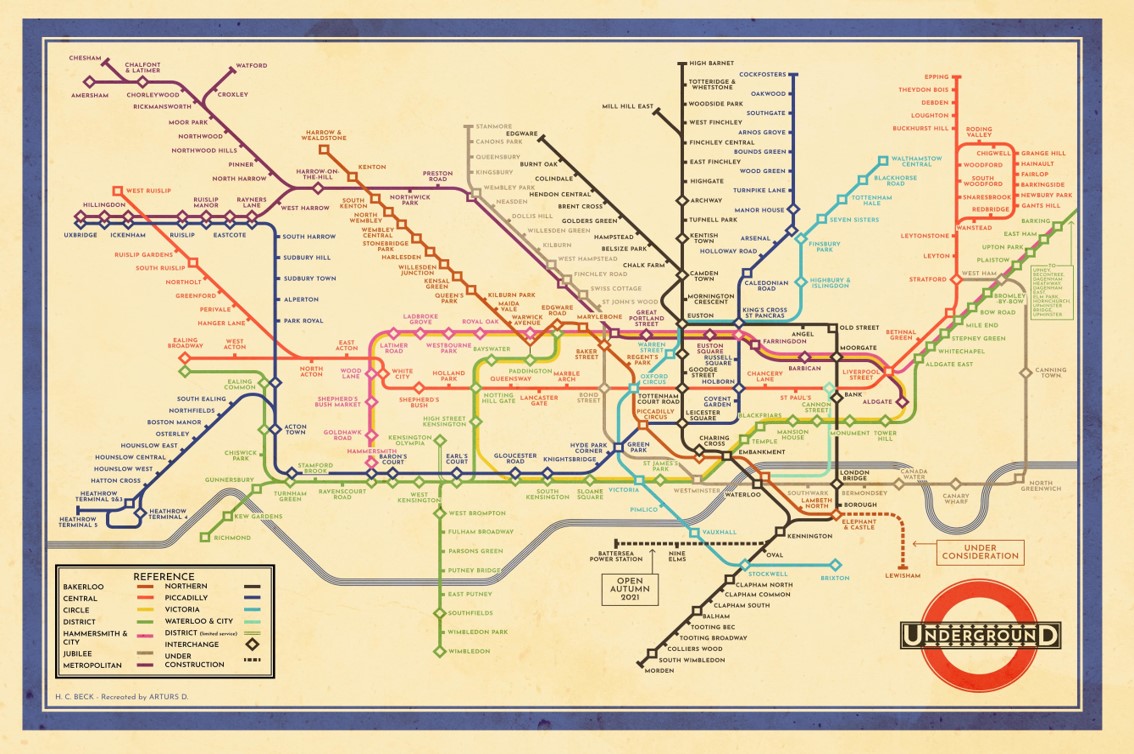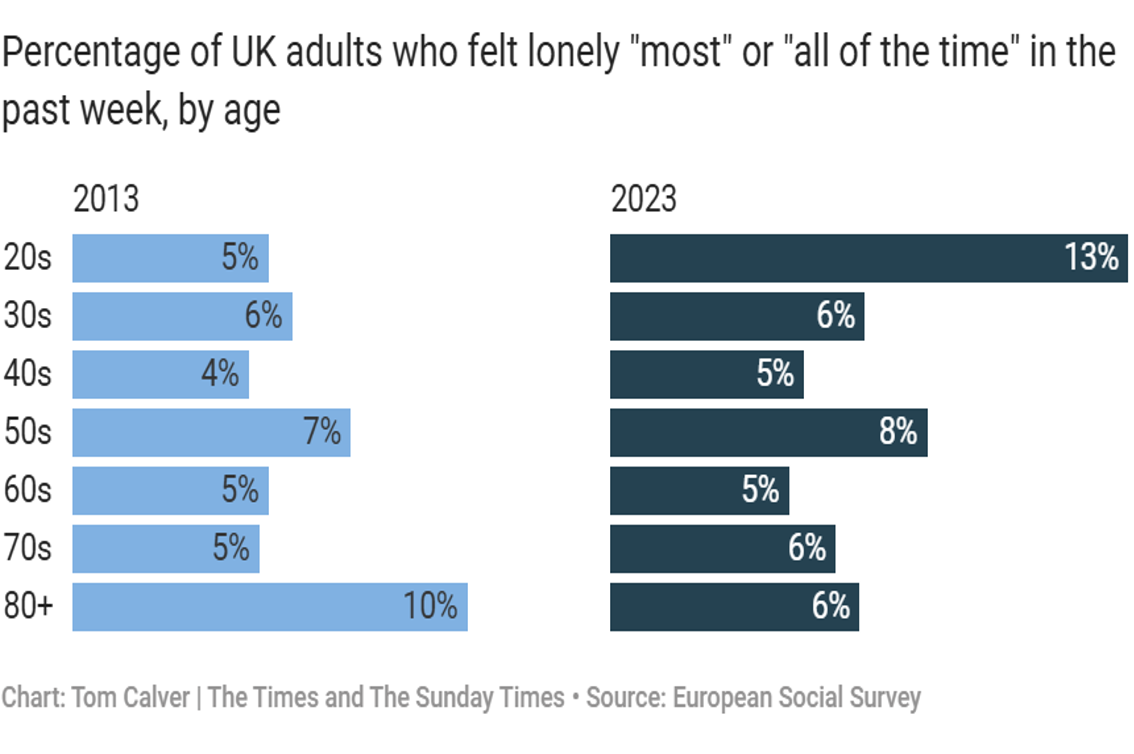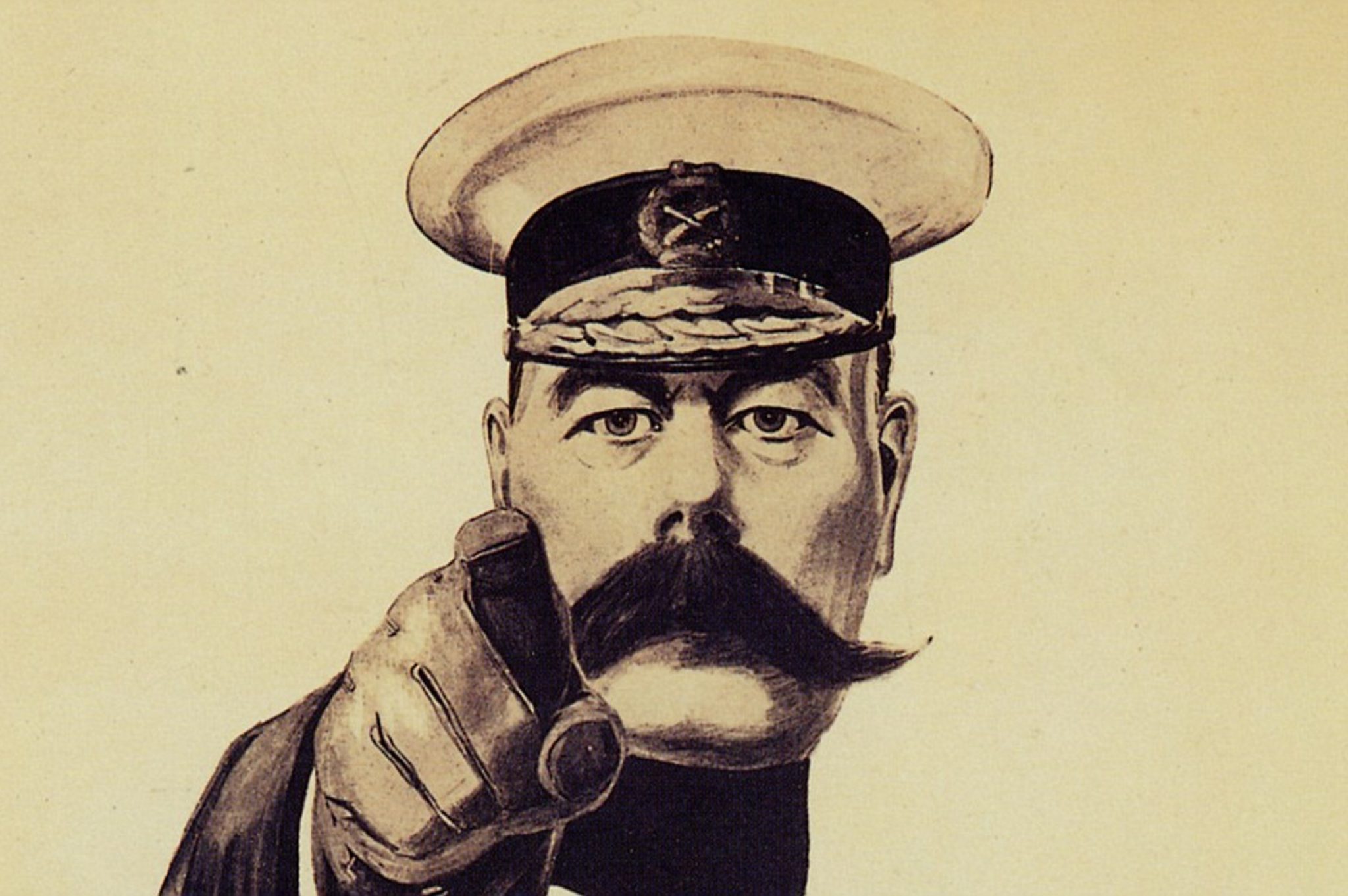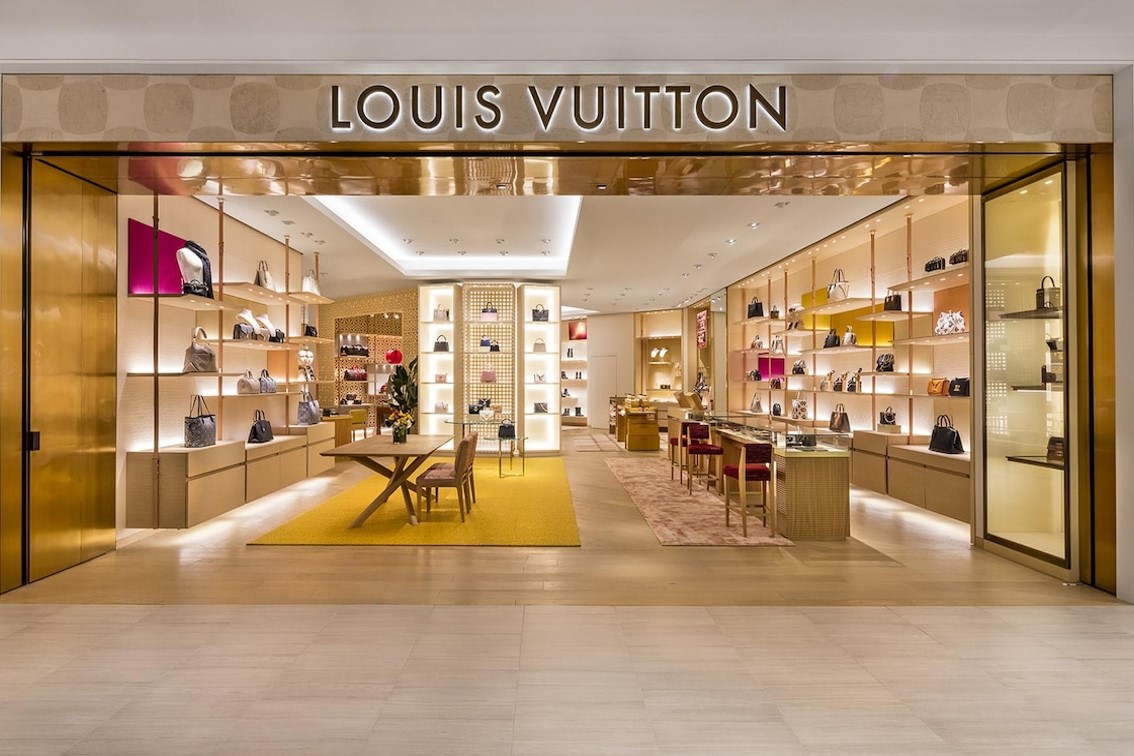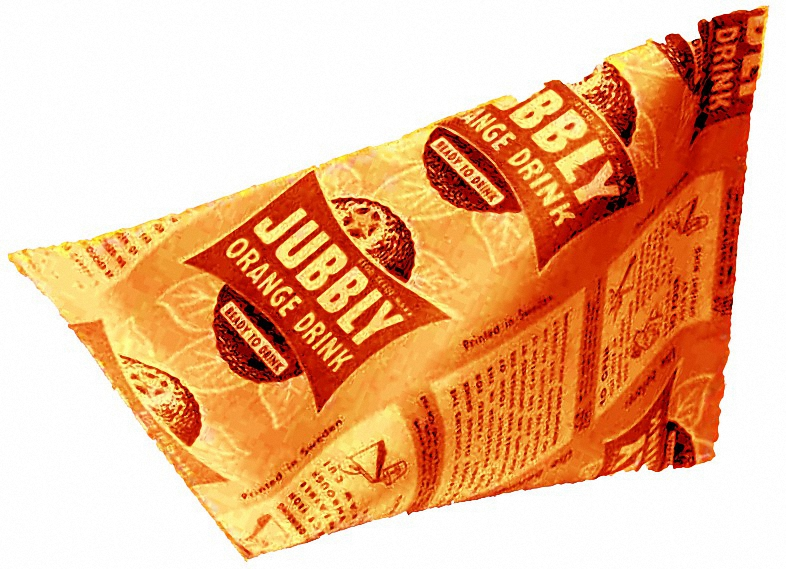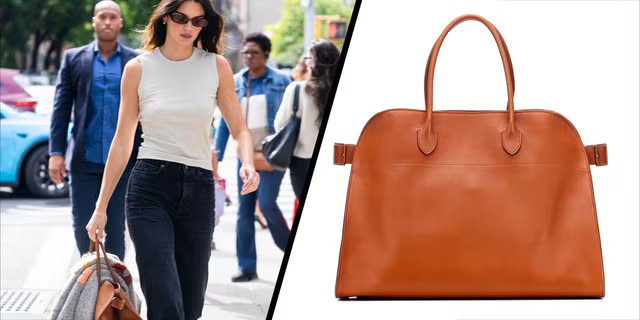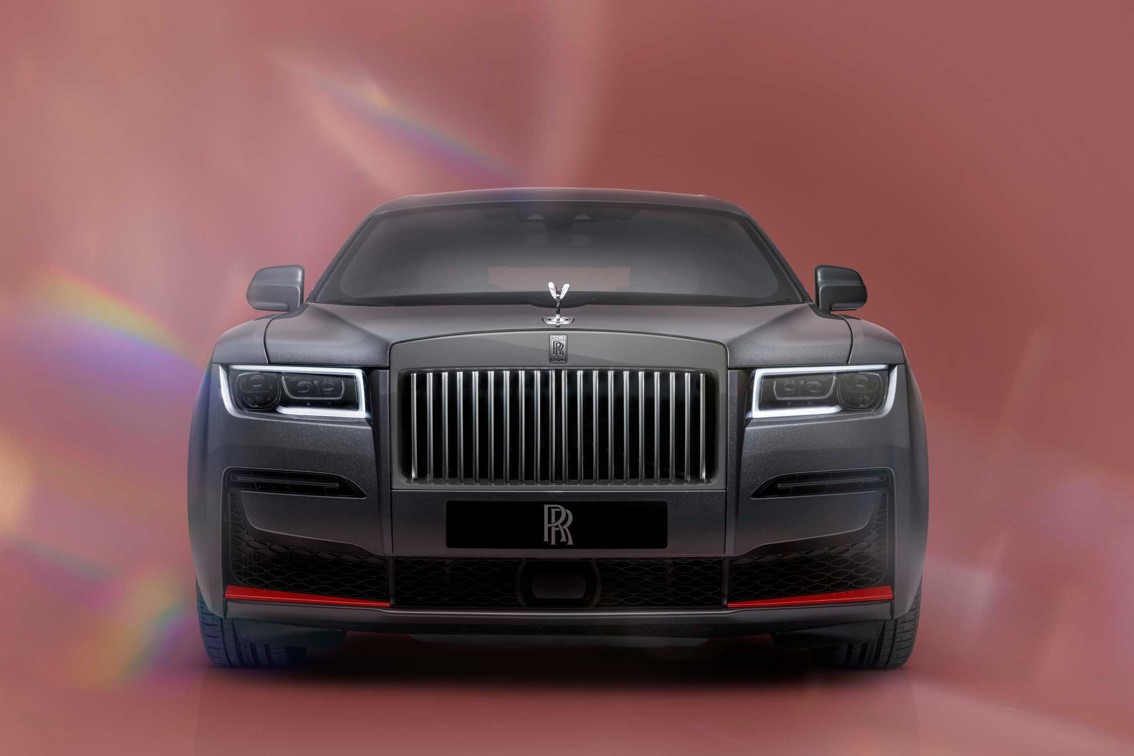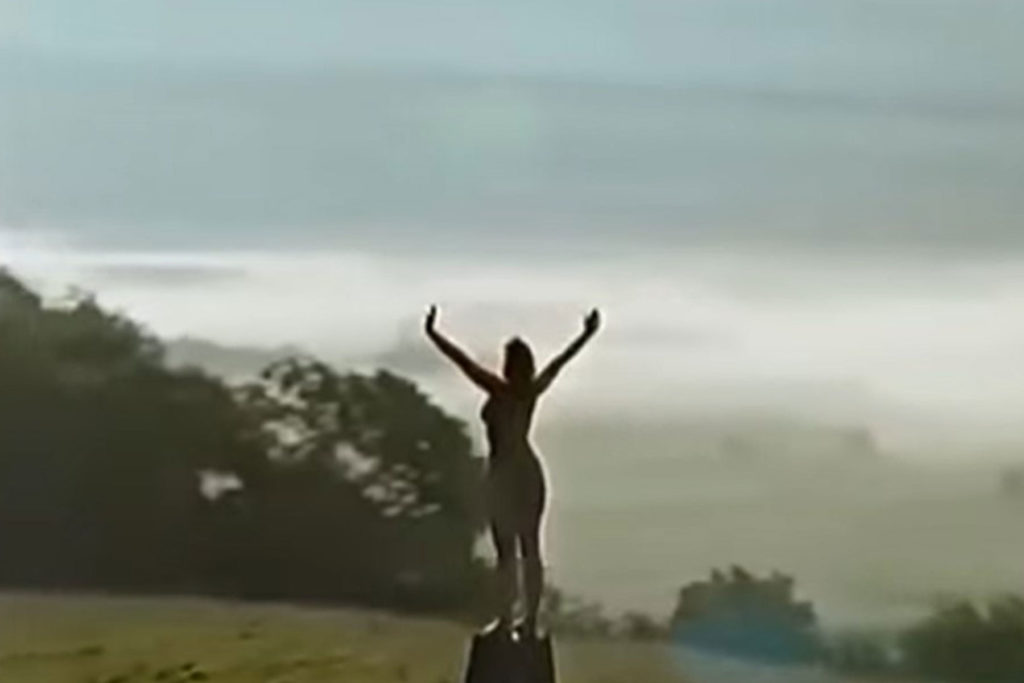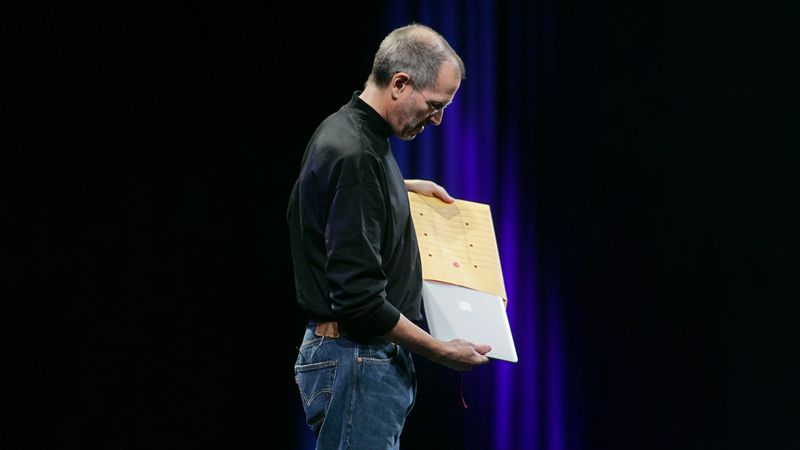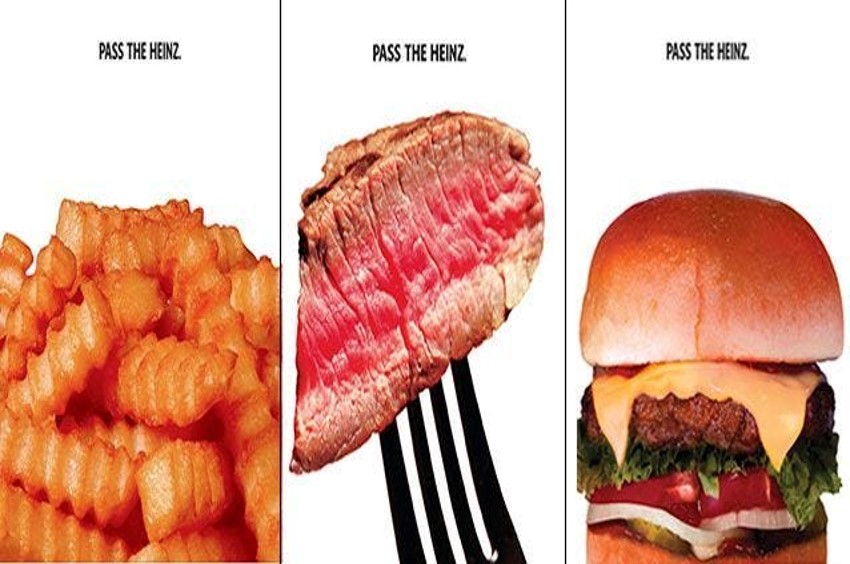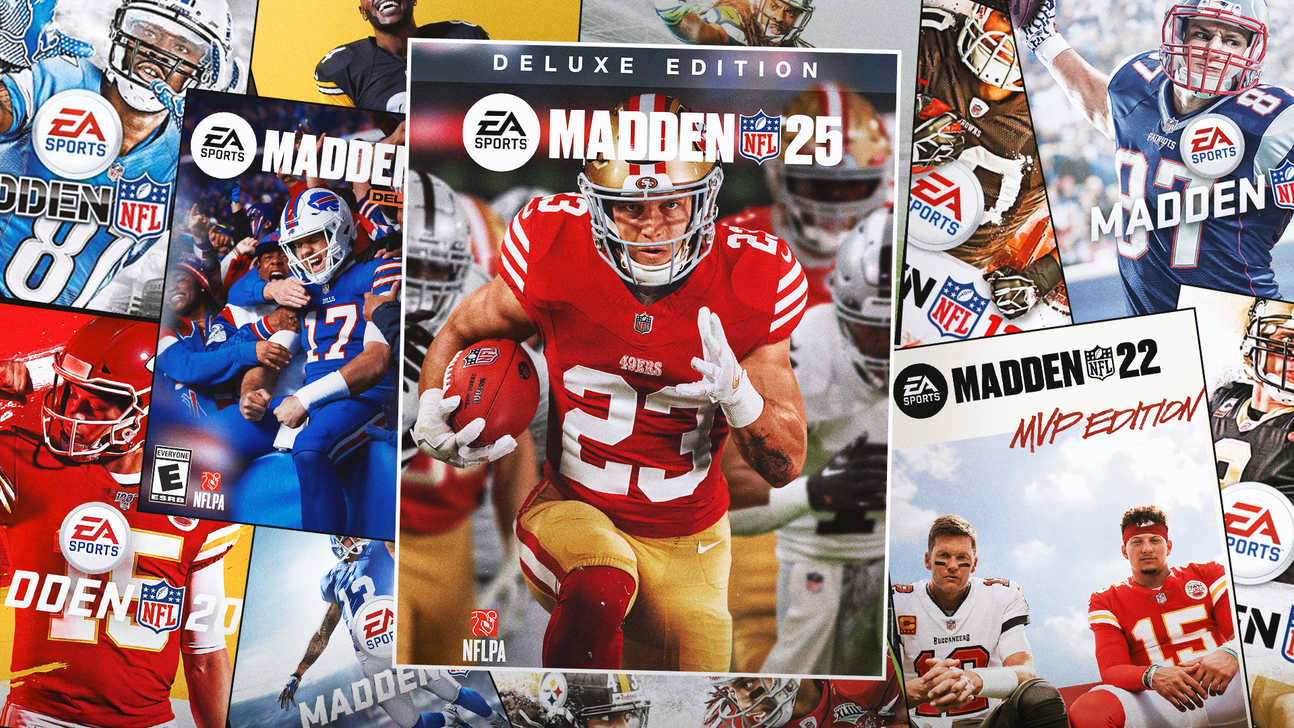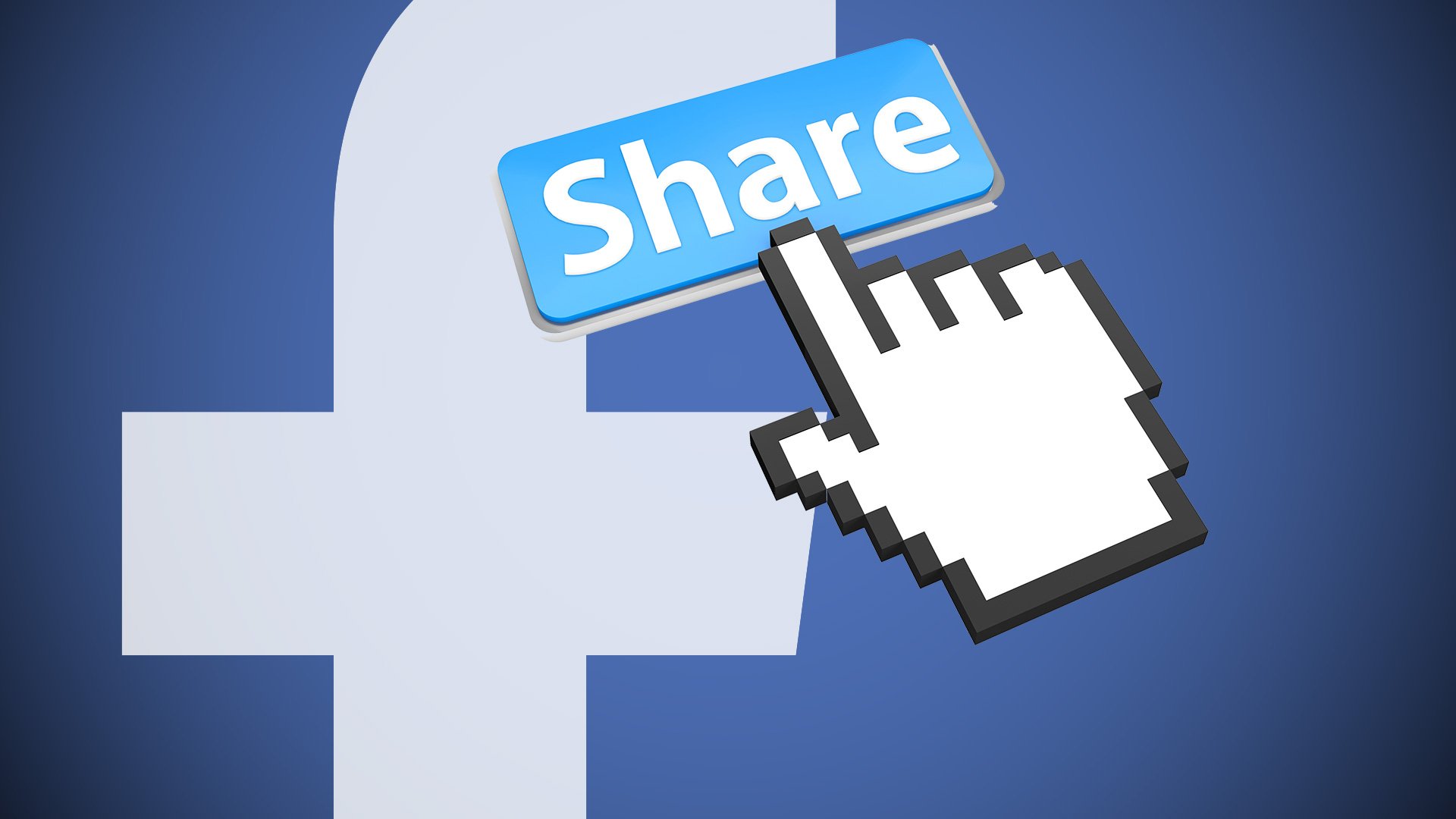The London Underground Map says the quickest route from Lancaster Gate to Paddington is to travel two stops, change lines, and travel two more. As anyone familiar with the area knows, it’s much quicker to ditch the Tube and walk – the 500 metre journey between the stations takes seven minutes.
isev-admin
Harry Beck, the creator of the iconic tube map, was inspired by his training as an electrical engineer. Like his map, circuit diagrams don’t need to show actual locations of components, just where they are in relation to each other.
Forget the link between loneliness and the elderly – it’s highest among those in their 20s. It’s an odd finding, given this age group is more likely to have see friends, families and colleagues, but perhaps physical contact doesn’t guarantee emotional fulfillment. As writer David Robson points out, it’s perfectly possible to be living in a large household without feeling any of those people understand you.
What’s the best way to recruit British soldiers in World War I? Appeal to authority. The iconic poster used none other than Lord Kitchener, the British Secretary of State for War, to motivate the public to volunteer.
Louis Vuitton is one of few brands that never discounts products. “Items advertised as discounted on the Web are invariably fake,” it states online. This is a smart decision for the luxury brand, which realises that doing so retains the value of the products while sending the confident message that the original price is exactly as it should be.
Or is it Google?
The common phrase is an early example of a brand asset; a 1950s advertising slogan for Jubbly, an orange-flavored soft drink.
17 year old Luke Littler has single handedly changed darts. His 2023 World Championship final was the highest viewed non-football programme in the history of Sky Sports. For the Premier League Darts, which Littler joined via a guest invitation, there were 125,000 ticket sales on the first day; usually, they sell 60,000 in the first week.
Gone are the days when luxury bags flaunted a giant logo. The Row is one of the trendsetting brands that, according to the founders, shows how something made “beautifully, in great fabric, with good fit, it can sell without a logo or a name on it.”
Rolls Royce reported a £5.4 billion loss in the first half of 2020. Like many luxury car brands, the pandemic had wiped out demand – but it proved to be temporary. In 2023 it delivered more cars than any other year in its history, and its share price was up by 150% compared to before the pandemic.
In 2000, M&S’s ‘I’m normal’ campaign showed a size 16 woman – unconventionally – to celebrate clothes of all shapes and sizes. Focus groups participants said they loved it, but on air the ad tanked – soon to be replaced by a conventional fashion campaign with models like Twiggy.
How do you demonstrate the thinness of a MacBook? You could say it’s only 1.8cm thick. Or, if you’re Steve Jobs, you pull it out a manila envelope.
In one of Mad Men’s most famous scenes, Don Draper pitches an idea for an ad about ketchup: there is no product, just the tagline “Pass the Heinz”. In 2017, Heinz turned this fictitious campaign into a reality, creating three printed posters of classic American food (fries, burgers and steaks), without the picture of the product, the familiar colours of the brand, or anything else that could remind to anyone what the ad was really about. Anything except for the phrase “Pass the Heinz”.
It is one of the most successful video games of all time, but its cover players aren’t so lucky. Of the 22 players who have been selected to grace the cover of Madden games, 16 have had troubling or abruptly shortened seasons following their cover debut. It may be a curious coincidence, but it hasn’t stopped fans protesting against their favourite players appearing on the cover.
If only virality was possible. In 2012, Yahoo researchers studying the spread of millions of online messages found that more than 90 percent of the messages didn’t diffuse at all. A tiny percentage was shared more than seven times, but nothing really went fully viral. The hard truth is that to reach lots of people, you have to actually reach them all at once (think Superbowl).

